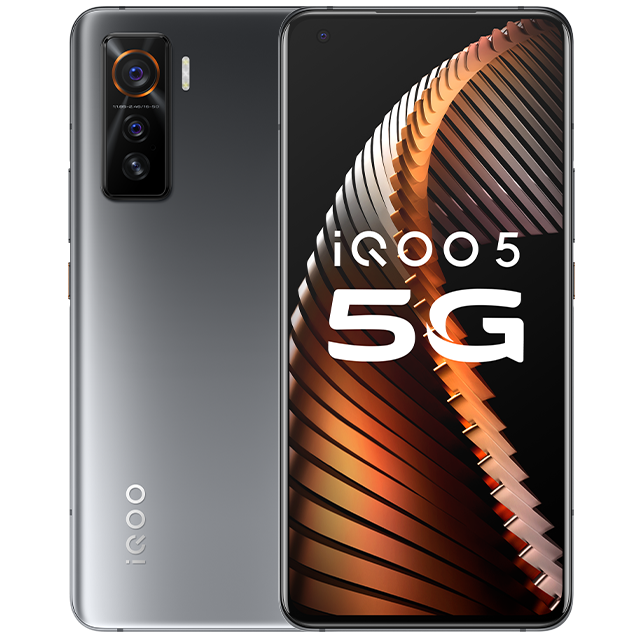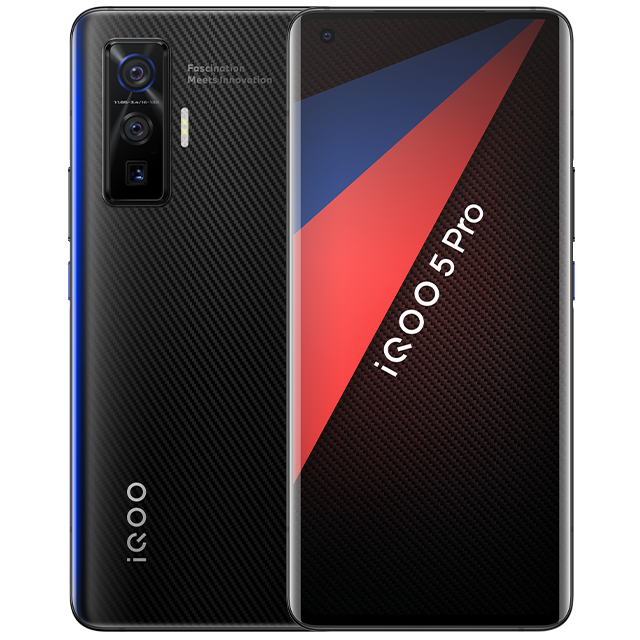At the recent Galaxy Unpacked 2020 launch event, Samsung finally lifted the covers off the Galaxy Note 20 series, Galaxy Z Fold 2, Galaxy Tab S7 series, Galaxy Watch 3, and the Galaxy Buds Live. Shortly after the global launch, Samsung released the pricing and availability details for the Galaxy Note 20 series in India, and now, the company has finally launched the Galaxy Watch 3 and Galaxy Buds Live in the country.
Samsung Galaxy Watch 3: Specifications
| Specifications | Samsung Galaxy Watch 3 |
|---|---|
| Dimensions & Weight |
|
| Display |
|
| Watchband size |
|
| Memory | 1GB RAM, 8GB internal storage |
| Connectivity |
|
| Other features |
|
| Sensors |
|
| NFC Payments | Yes, Samsung Pay |
| Battery |
|
| Durability | 5ATM + IP68/ MIL-STD-810G |
| OS | Tizen Based Wearable OS 5.5 |
| Colors |
|
The all-new Samsung Galaxy Watch 3 will be available in 4G and Bluetooth variants in India, in two dial sizes — 41mm and 45mm. The 41mm variant of the smartwatch will be available in Mystic Bronze and Mystic Silver color options, while the 45mm variant will be available in Mystic Silver and Mystic Black colors.

The Galaxy Watch 3 41mm has been priced at ₹29,990 (~$399) and ₹34,490 (~$459) for the Bluetooth and 4G variants, respectively. While the 45mm variant has been priced at ₹32,990 (~$439) and ₹38990 (~519), for the Bluetooth and 4G variants. All variants of the Galaxy Watch 3 will go on sale in India starting August 27 via major offline retail stores, Samsung Opera House, Samsung.com, and other major eCommerce portals.

Samsung has also announced a couple of pre-booking offers for the Galaxy Watch 3. Buyers who book the 4G variants will get the option to purchase the new Galaxy Buds Live at a discounted price of ₹4,990. This offer is exclusive to bookings made on Samsung Shop and offline retail stores between August 17 and August 26. On the other hand, pre-booking the Bluetooth variants will give buyers an instant cashback of ₹4,500 on the 41mm model and ₹5,000 on the 45mm model. This offer is exclusive to bookings made on Samsung Shop, Amazon, and Flipkart between August 20 and August 26.
Samsung Galaxy Buds Live: Specifications
| Specification | Samsung Galaxy Buds Live |
|---|---|
| Dimensions & Weight |
|
| Battery and Charging |
|
| Speaker and Mic |
|
| Connectivity |
|
| Sensors and other features |
|
| Colors | Mystic Bronze, Mystic White, Mystic Black |
Samsung’s latest TWS earphones, the Galaxy Buds Live, will be available for purchase in India starting from August 25. The earbuds will be available in three color variants — Mystic Bronze, Mystic Black, and Mystic White — at a price of ₹14,990 (~$199).

The earbuds will be available across offline retail stores, Samsung Opera House, Samsung.com, and most major eCommerce portals in the country.
Pre-book on Samsung.com: Galaxy Watch 3 || Galaxy Buds Live
The post Samsung Galaxy Watch 3 and Samsung Galaxy Buds Live launched in India appeared first on xda-developers.
from xda-developers https://ift.tt/34bdba3
via IFTTT


















